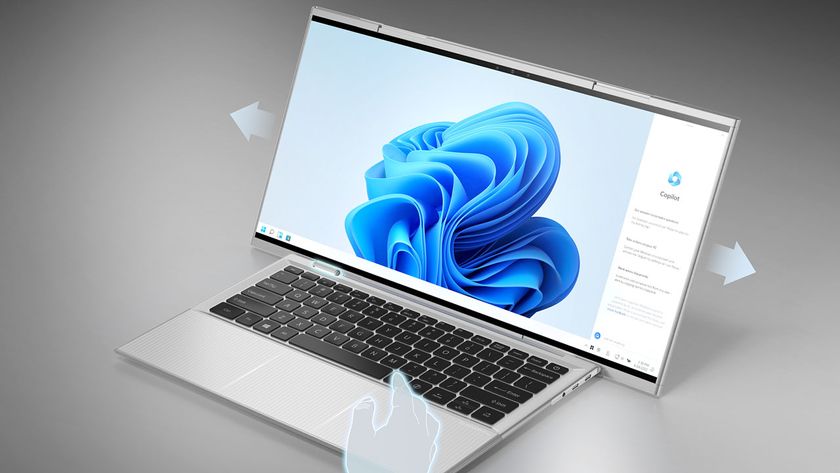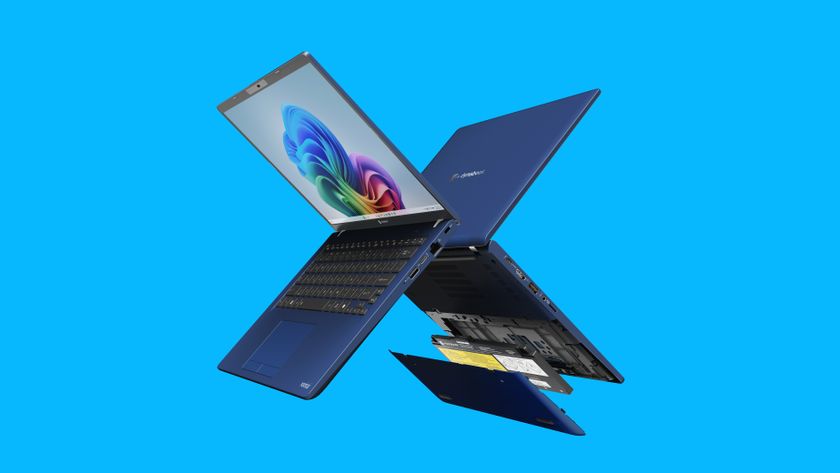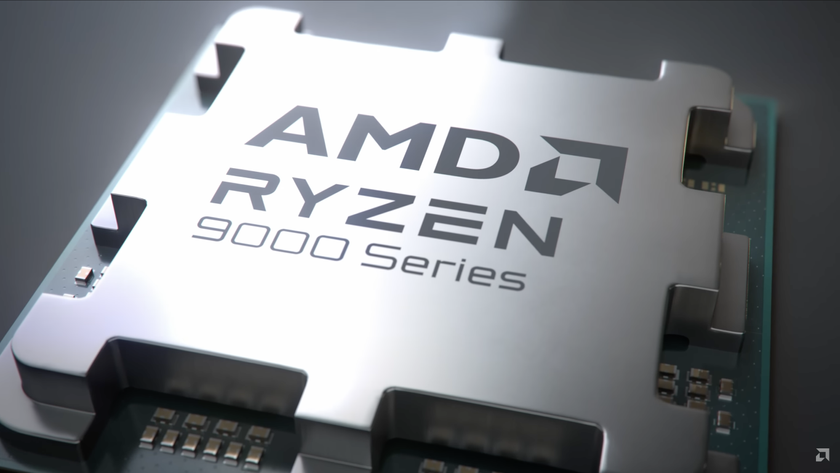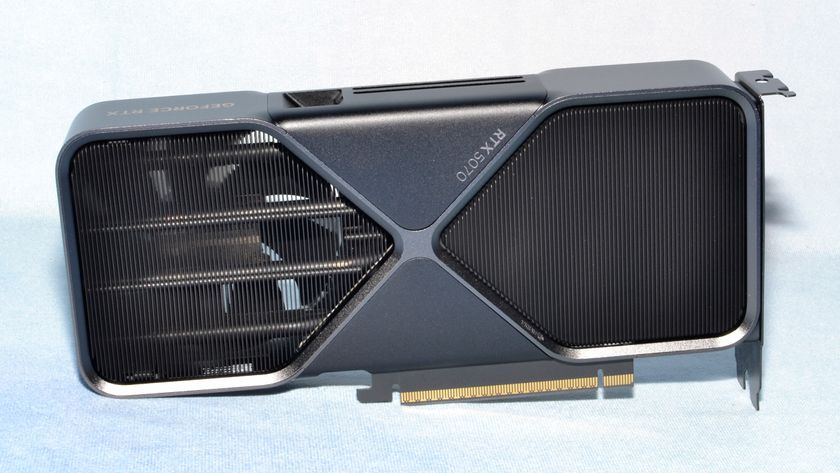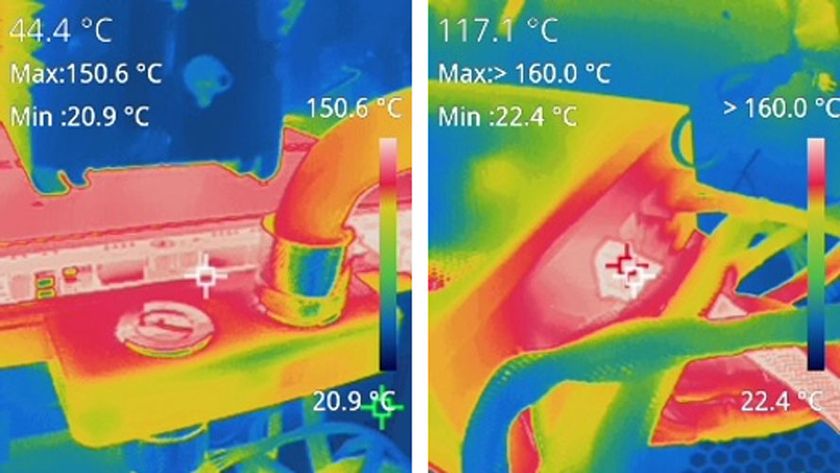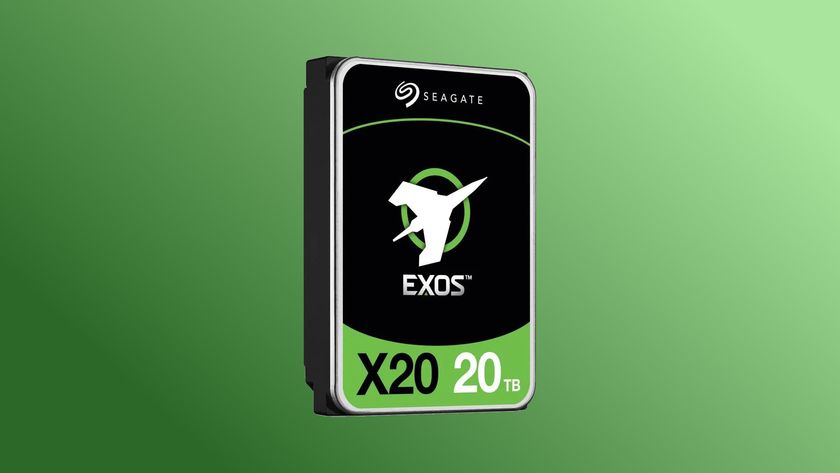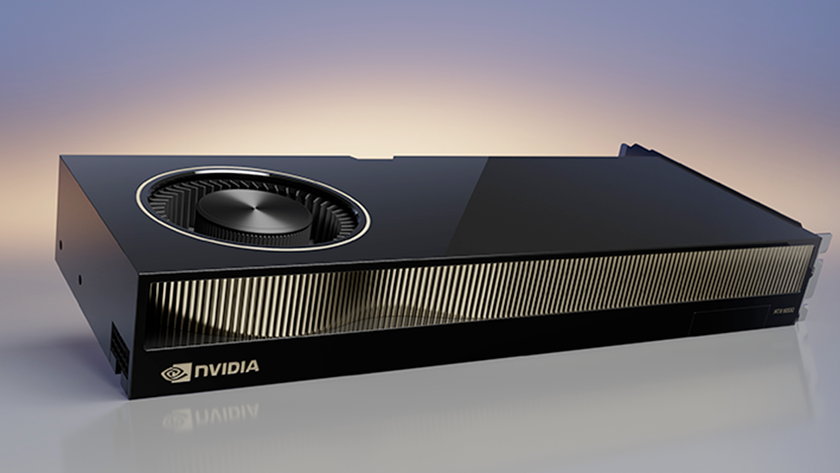MNT Reform Next open-source modular laptop crowdfunder goes live for $1,099
12.5-inch Rockchip Arm processor packing design costs from $1,099.
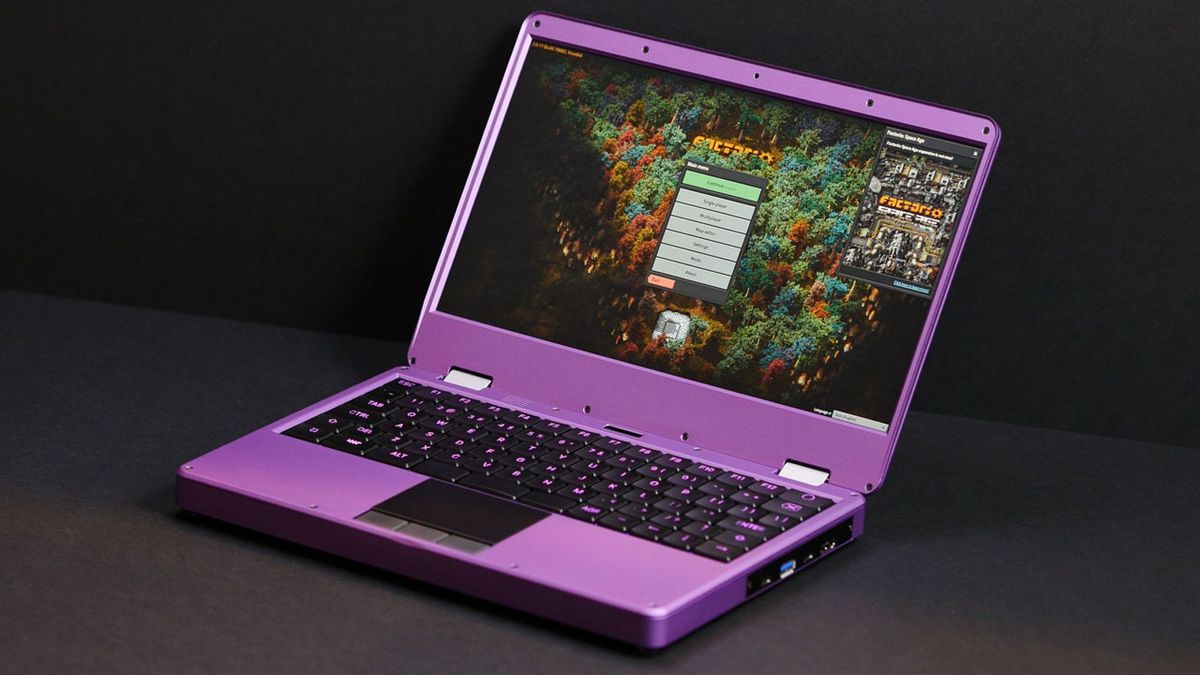
The MNT Reform Next open-source modular laptop crowdfunding campaign is now live. MNT promises a new device that is “faster, lighter, and more modular than ever.” This flexible machine is designed to run Debian GNU/Linux.
Key attractions of MNT's 12.5-inch portable include customizability, mod-ability, and reparability, as well as the fact that it comes with a mechanical keyboard as standard. However, it is an Arm (Rockchip RK3588) device, with crowdfunding participants expected to part with at least $1,099 for a machine that isn’t due to ship until September 2025.
| MNT Hyper Reform Next | |
|---|---|
| Release Year | 2025 |
| CPU | Rockchip RK3588 |
| Webcam | Optional |
| Size (closed) | 29 x 20.5 × 2.6 cm |
| Weight | 1600 g |
| Memory (RAM) | 32 GB |
| Display Size | 1920 x 1080 |
| Storage | 2 TB NVMe, 256 GB eMMC |
| Expansion | NVMe SSD, microSD Express (internal), microSD (external) |
| Modularity | 3x modular port farms, upgradeable SoM |
| Cooling | Fanless |
| Wi-Fi | Wi-Fi 5 802.11ac |
| Bluetooth | Bluetooth 5.0 |
| Keyboard | Mechanical, RGB backlight |
| Open Hardware | Yes |
| Launch Price (USD) | $1,599 ($1,099 crowdfunding) |
So, above you have the tech specs to digest, but with the system’s customizability, you won’t be saddled with the Rockchip power plant forever. The processor and memory are on a system-on-module (SM) which can be swapped out later.
In addition to possibly upgrading the SoM, a plethora of more typical upgrades are available to users. RAM can be upgraded via a SODIMM slot, and there is an M.2 NVMe slot, microSD card slot, and microSD Express slot (internal) to complement the 256GB of eMMC flash on board.




MNT seems to have considered the input devices very carefully. As well as a multitouch glass trackpad option, with gesture support and a trio of mechanical trackpad buttons, there is a wonderful-sounding keyboard to delight users.
The mechanical keyboard here features 80 keys, Kailh Chock Brown switches, N-key rollover functionality, RGB backlighting, an RP2040 controller, an OLED screen, and open-source firmware. This part of the design alone offers so much flexibility.
Physical characteristics are also very important to laptop buyers. For a 12.5-inch device, the MNT Reform Next isn’t the sveltest offering, as you might expect. It measures 290 x 205 x 26mm (11.42 x 8.07 x 1.02 inches) and weighs about 1.6kg (3.53 pounds) – which is quite chunky but a worthwhile improvement on its predecessor.
Stay On the Cutting Edge: Get the Tom's Hardware Newsletter
Get Tom's Hardware's best news and in-depth reviews, straight to your inbox.
For battery power, another quality high up on the list for a portable, the device can support custom-engineered battery packs. As standard, you will get a device supporting USB-C charging (no charger supplied) with 8x LiFePO4 cells. Expect about five hours away from mains power with this, but MNT teases there is a Li-ion battery pack in development for 8+ hours.
We reported on this second gen open source hardware design back in September. Now, we’re happy to report that it’s off to a great start, within a whisker of its $100,000 funding goal less than 48 hours since launch (and 40 days left).
We also wish to reiterate our reminder that crowdfunding any device does not guarantee that you will receive a completed product, even if the maker has a track record of delivering on its promises. Think of crowdfunding as a form of investment, with certain risks involved.

Mark Tyson is a news editor at Tom's Hardware. He enjoys covering the full breadth of PC tech; from business and semiconductor design to products approaching the edge of reason.
-
JohnyFin Crowdfunding, modular...these two words should blink alarm in your brain. Better avoid that productReply -
Notton The article forgets to mention the chassis is made of machined aluminum with a sandblasted finish and anodizing.Reply
My initial thoughts was that $1100 price, it's expensive for the specs, but it looks well made.
For me, the highlight feature was the passively cooled design.
Otherwise, I think it would be better to design an RK3588 logic board for the framework 13. -
pug_s Reply
I would estimate at least 30% of the cost went to the amoled screen and mechanical keyboard. IMO, you are better off getting a old laptop destined for e-waste.Notton said:The article forgets to mention the chassis is made of machined aluminum with a sandblasted finish and anodizing.
My initial thoughts was that $1100 price, it's expensive for the specs, but it looks well made.
For me, the highlight feature was the passively cooled design.
Otherwise, I think it would be better to design an RK3588 logic board for the framework 13.

